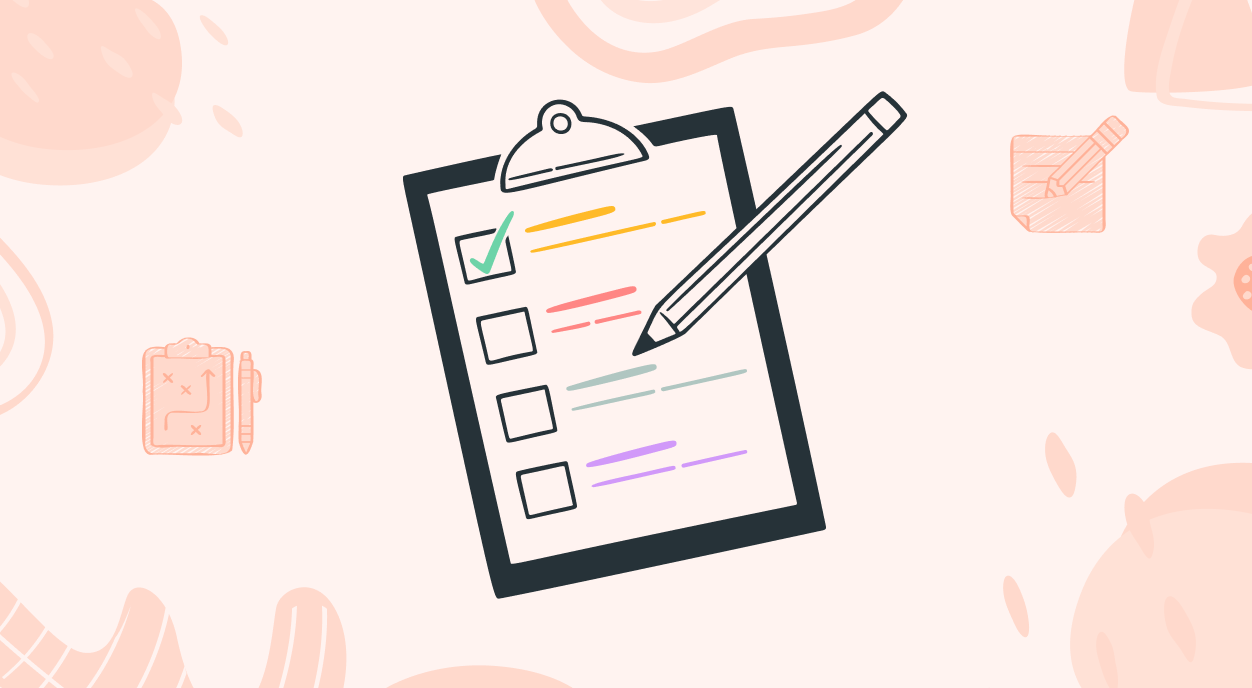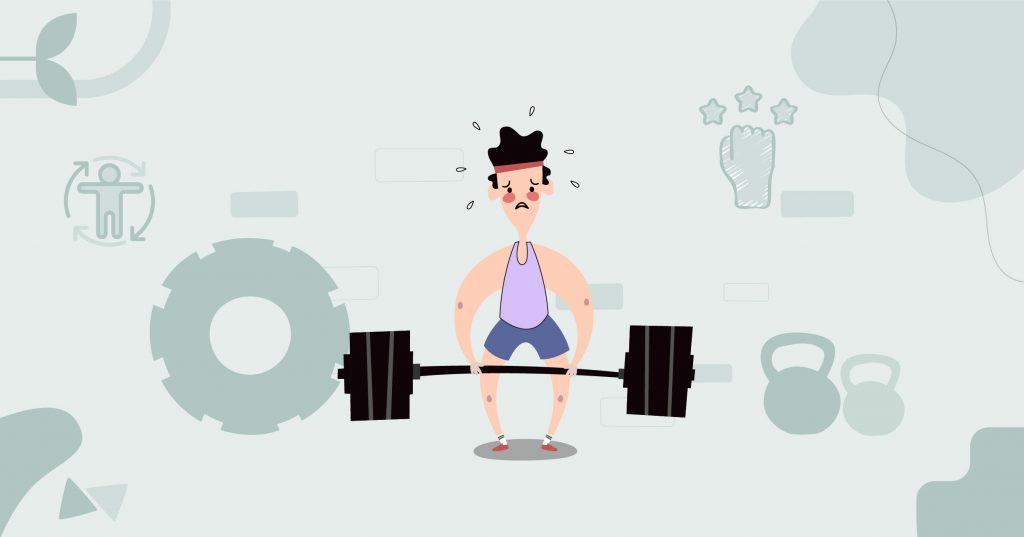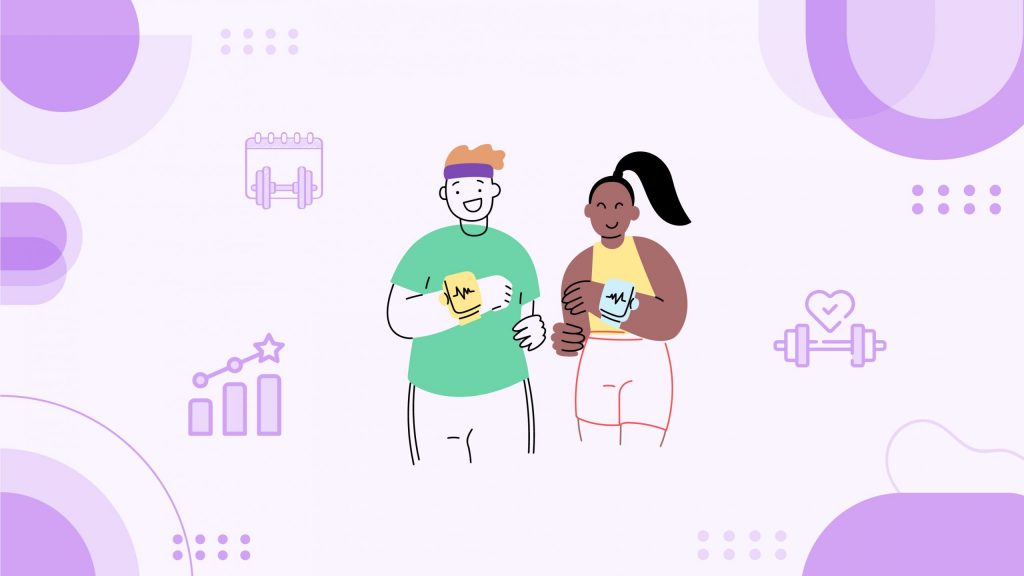Why Stress Captures Us
It’s as if every day presents a new challenge that’s just waiting to test our limits. Have you ever caught yourself checking your work email long after you’ve left the office, or lying awake at night replaying your day, unable to switch off? That’s our modern life for you—always on, constantly connected, and perpetually multitasking.
And let’s not forget the social media vortex! It’s supposed to keep us connected, but more often than not, it just adds another layer of comparisons and commitments to our already packed schedules. We scroll through feeds filled with picture-perfect moments, and it can really crank up the pressure, making us feel like we need to match up to some unrealistic standards.
In this whirlwind, it’s all too easy to forget to pause. To take a moment for ourselves. But here’s the kicker—finding that pause, that moment of calm in the storm, is not just a luxury; it’s essential. It’s what keeps us sane, what helps us recharge our batteries and come back stronger. So, how about we start taking back our time and carving out those much-needed breaks? After all, managing stress isn’t just about surviving today—it’s about thriving every day.
Why Relaxation Is More Than Just Feeling Good
Stress triggers a cascade of biochemical reactions in the body—chiefly, the release of adrenaline and cortisol, hormones that prepare us for a ‘fight or flight’ response. While beneficial in short bursts, prolonged stress exposure can disrupt nearly every system in the body. It can cloud our thinking, increase risk of heart problems, and lead to chronic anxiety, among other health issues. Neurologically, stress reduces the brain’s production of dopamine and serotonin, neurotransmitters that promote feelings of well-being and happiness. This imbalance not only makes us feel bad but can also hinder our ability to respond to stress effectively in the future.
When stress hits, our hypothalamus sends out an alarm system to our adrenal glands, which then pumps adrenaline and cortisol into our bloodstream. This is great for those short-lived moments when we need to react swiftly—like dodging a falling object or sprinting to catch a bus. But when the stress doesn’t let up, these hormones linger longer than intended, keeping our body in a high-alert state. This can take a toll, not just physically but also mentally.
Prolonged exposure to cortisol can alter the brain’s structure and function. It can shrink the prefrontal cortex, the area responsible for memory and learning, while enlarging the amygdala, which can make the brain more receptive to stress. This change can create a vicious cycle, where we become more susceptible to stress, further impacting our mental health.
Moreover, stress impacts our neuroplasticity—the brain’s ability to adapt and reorganize itself by forming new neural connections. Ideally, neuroplasticity helps us learn from experiences and become more resilient. However, under constant stress, our brain’s plasticity can work against us, making us more prone to anxiety and depression.
Understanding these processes highlights why it’s crucial to manage stress effectively. It’s not just about avoiding a bad mood or feeling good; it’s about protecting and enhancing our brain’s structure and functionality. By engaging in relaxation practices, we can help recalibrate our body’s response to stress, promoting a more balanced release of hormones and protecting our brain health. So, let’s prioritize unwinding—not just for our immediate comfort but for our long-term health and cognitive resilience.
Subscribe to newsletter
Get your Gut Health Starter Guide right now.
Elevate your Tuesdays with practical, science-backed wisdom propelling you forward on your gut health journey.

Integrative Strategies for Everyday Serenity
- Music Therapy: Listening to or creating music can have profound effects on the brain, influencing mood and reducing anxiety. Music stimulates the production of dopamine, enhancing pleasure and motivation. Creating a daily playlist with a mix of soothing classical pieces, uplifting tracks, or even nature sounds can serve as a therapeutic backdrop to daily activities. Additionally, learning to play an instrument provides a double benefit: the music itself soothes, while the act of learning challenges the brain, keeping it engaged and distracted from stressors.
- Curated Soundscapes: Beyond creating playlists, consider exploring apps that allow you to build personalized soundscapes. These can include elements like rain, forest sounds, or urban ambiance, tailored to your preference and effective in creating a relaxing environment.
- Interactive Music Apps: Engage with apps that encourage active participation in music creation, such as digital software that teaches music production or apps that simulate playing instruments. These tools make the process of creating music accessible and fun, even for those without a musical background.
- Scheduled Music Breaks: Integrate short, dedicated sessions throughout your day for listening to music actively. Use this time not just for background listening, but for deep listening, which can be particularly therapeutic and a great way to reset your mental state.
- Artistic Expression: Engaging in art activities such as painting, drawing, or sculpting can serve as powerful outlets for expression and meditation. Art forces us to focus on the moment, pushing stressful thoughts to the background. This focus enhances mindfulness, which has been shown to decrease stress and promote resilience. Simple start-up kits for watercolor painting or sketching can be a great way to introduce regular art sessions into your routine, providing a creative escape from the pressures of everyday life.
- Digital Art Platforms: Explore digital drawing and painting platforms. These tools offer a mess-free, convenient way to engage in art, with the added benefit of undo buttons and endless color choices, making the creative process less daunting for beginners.
- Guided Art Workshops Online: Many websites and apps offer virtual art classes. These can range from beginner to advanced levels and cover various mediums such as digital photography, pottery, and textile arts. Engaging in structured classes can provide a sense of accomplishment and a way to connect with others.
- Art Journaling: Start an art journal where you can express your daily thoughts and feelings through sketches, collages, and other mixed media. Art journaling combines the reflective benefits of writing with the therapeutic benefits of art, serving as a powerful outlet for stress.
- Additional Creative Outlets:
- Dance and Movement: Incorporate dance into your routine by attending dance classes or following online tutorials. Dance not only elevates your heart rate in a healthy way but also allows for expressive movement, which can be incredibly liberating and stress-relieving.
- Crafting and DIY Projects: Engaging in crafts like knitting, woodworking, or DIY home decor projects can be very satisfying. These activities require focus and result in tangible, useful products, which can provide a sense of achievement.
- Gardening: This can be a therapeutic hobby that connects you to nature. The physical activity of gardening, combined with the care of nurturing plants, can significantly reduce stress and promote a peaceful mind.
Real-life Relief Through Creativity
Sarah, a 29-year-old graphic designer, who faced chronic stress from tight deadlines and a highly competitive work environment. “I was always on edge, trying to outdo my last project, and it started taking a toll on my mental health,” Sarah describes. She discovered floral arrangement classes offered by a local community center, initially joining just to beautify her apartment.
What started as a casual hobby quickly evolved into a vital stress relief tool. “There’s something incredibly soothing about working with flowers; their colors, their textures, and the delicate process of arranging them,” Sarah explains. She found that this creative process allowed her to disconnect from her digital life and reconnect with the natural world, which brought a significant reduction in her stress levels.
“Engaging with the natural beauty of flowers, planning the layouts, it’s all meditative. It has taught me to slow down and focus on the present,” Sarah shares. This newfound mindfulness has improved her concentration and creativity at work, leading her to produce some of her best designs yet.
By embracing such practices, we don’t just survive the storm of daily stresses—we learn to dance in the rain.

















